From Dust Bowl to Thriving Ecosystem: How One Farmer Beat the Odds with Regenerative Agriculture
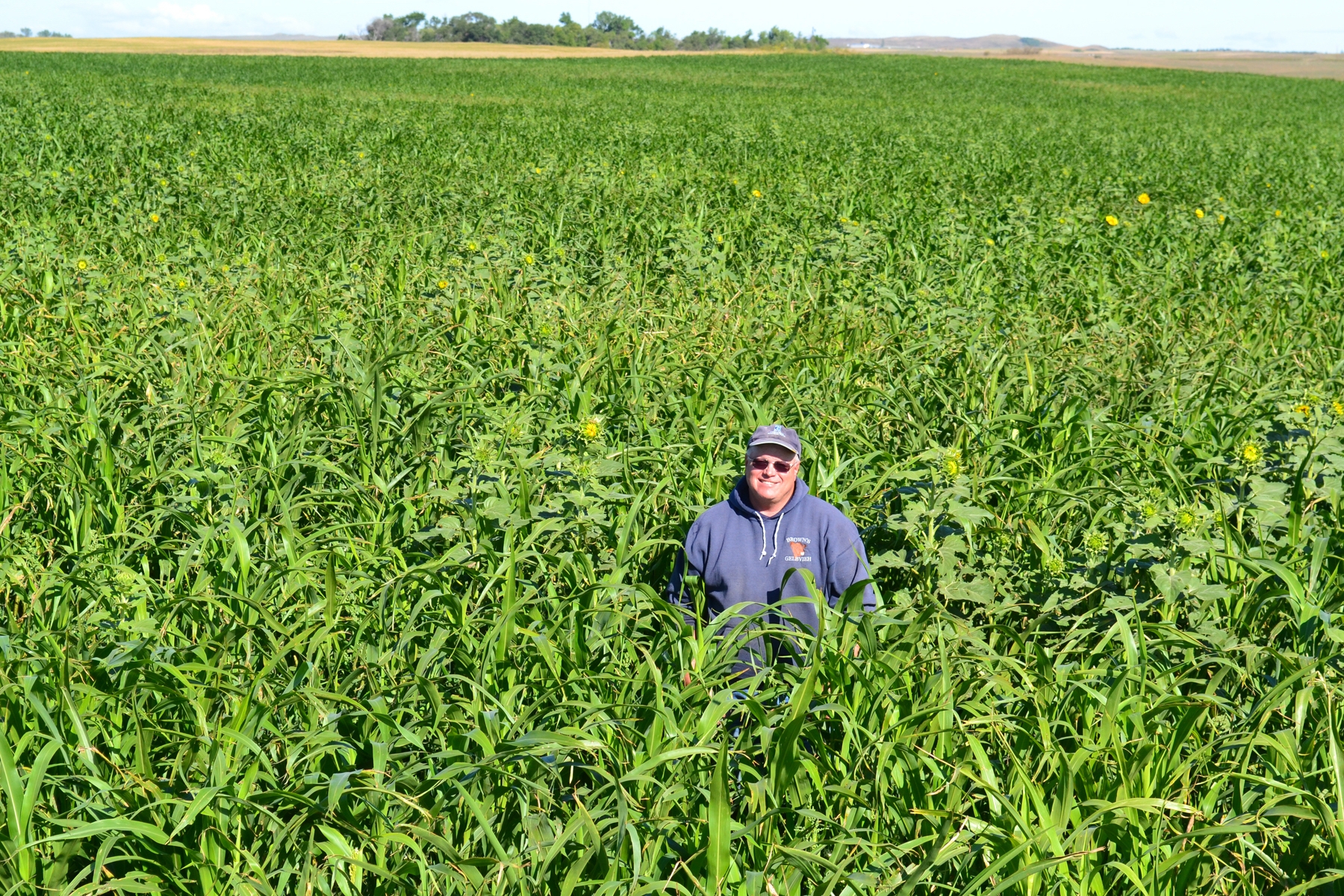
The image of a desolate Dust Bowl, a stark reminder of the consequences of unsustainable farming practices, is firmly etched into American history. In the 1930s, severe drought coupled with unsustainable farming practices caused massive dust storms in America’s Great Plains, devastating crops and forcing farmers from their land.
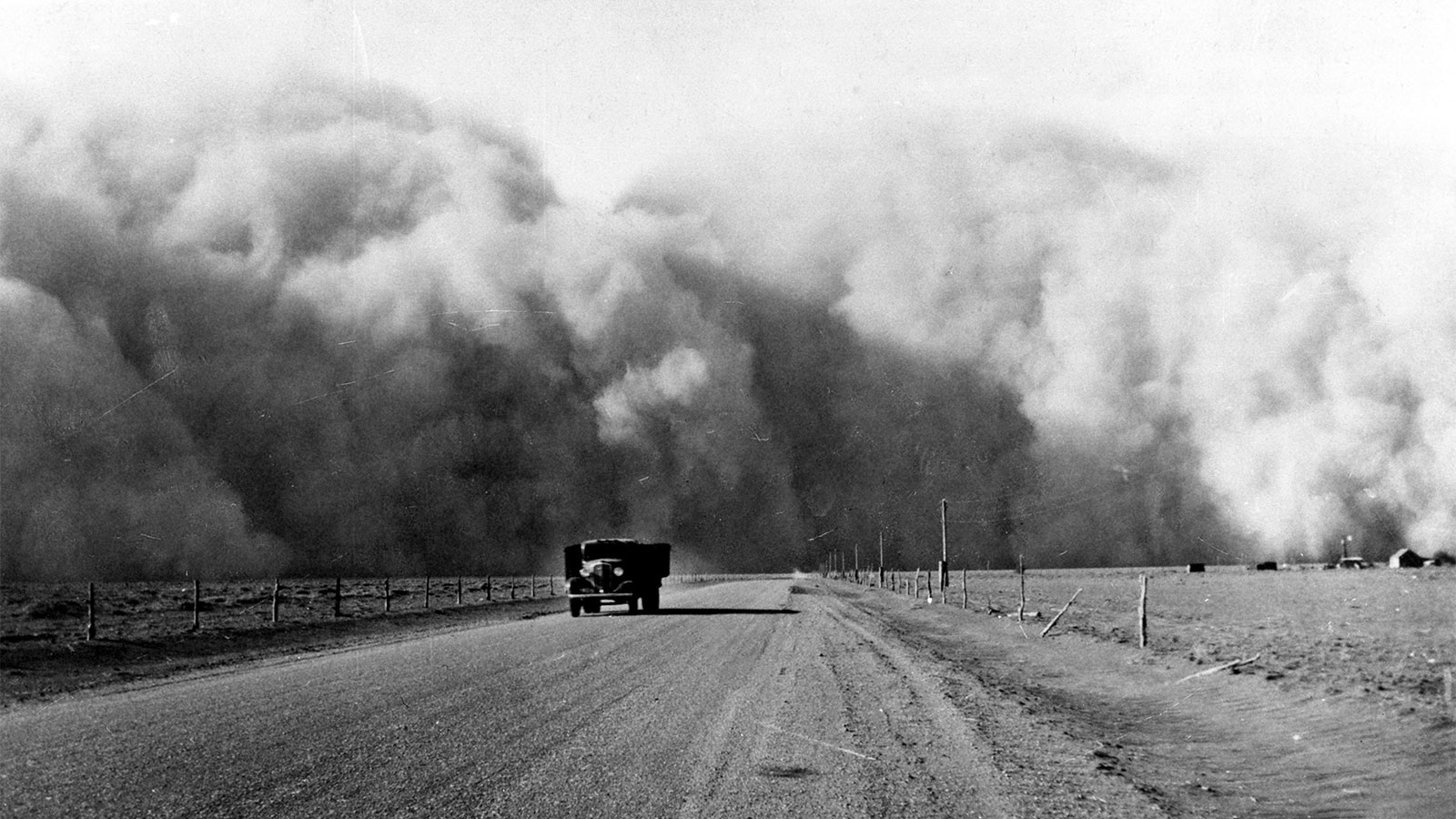
A large dust cloud appears behind a truck traveling on highway 59 south of Lamar, Colorado, May 1936 (Image credit: Photoquest/Getty Images)
But there’s a way to not only heal these scars but also create a future where agriculture becomes part of the climate solution. Enter regenerative agriculture, a rapidly growing movement with the potential to transform our food system.
Case study: Gabe Brown
Let’s take a look at the story of Gabe Brown, a regenerative farmer from Bismarck, North Dakota. Like many, Gabe inherited land that had been tilled intensively for decades. This accumulation of conventional approaches took its toll: soil fertility declined, water retention became a challenge, and extreme weather conditions threatened his livelihood.
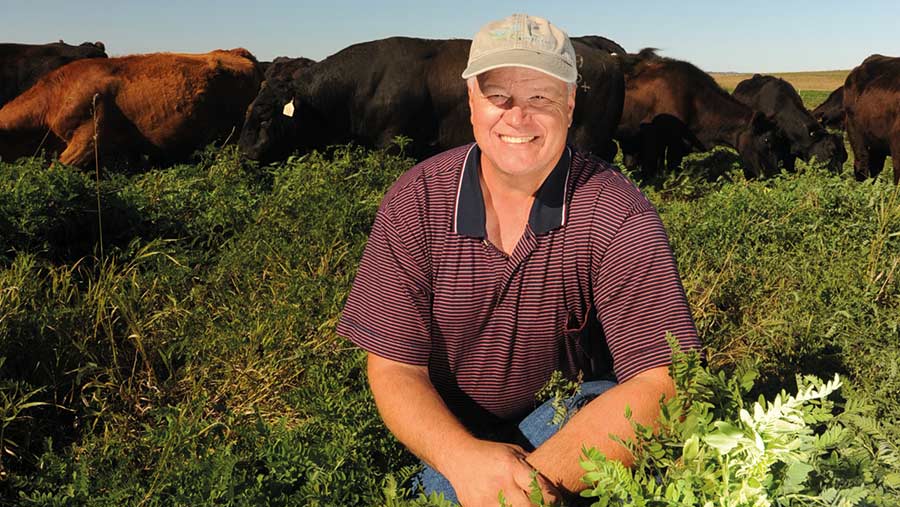
Image credit: Larry Reichenberger
Early approaches to farming
In an interview with the Natural Resources Defense Council (NRDC), Gabe revealed his early approach to farming: “I was taught the current production models. That’s all I was exposed to. I learned the conventional mind-set—how to use all the fertilisers and pesticides and fungicides, and how to give growth hormones to cattle to get them to grow faster.” It wasn’t long before Gabe decided that things had to change.
The shift to regenerative practices
That change came in the form of regenerative agriculture. This approach focuses on mimicking nature’s own cycles to build healthy soil ecosystems. Gabe started by implementing cover cropping, planting diverse mixes of plants between cash crop cycles. Cover cropping protects the soil from erosion, promotes water infiltration, and nourishes beneficial microbes. A study by the Rodale Institute found that cover cropping can increase soil organic matter by up to 40% in just five years. This organic matter acts like a sponge, holding onto water and nutrients more effectively, making Gabe’s crops more resilient to droughts – a growing concern with climate change.
Gabe has seen a dramatic improvement in water retention since he started cover cropping, from one-half inch per hour, back in 1991, to one inch in nine seconds in 2015.
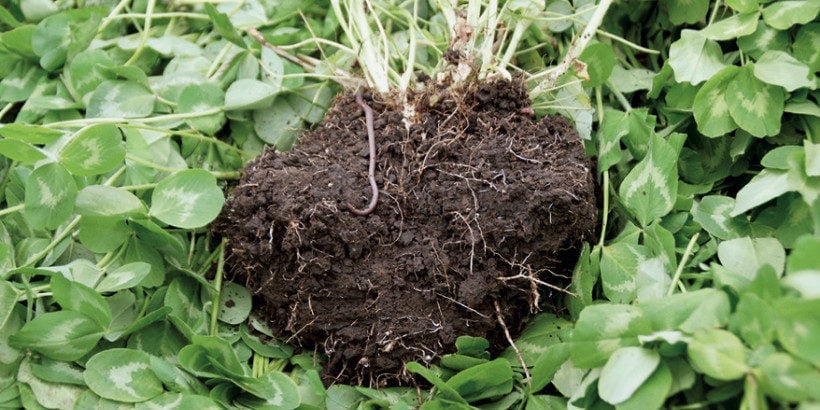
A cut of soil from Gabe Brown’s land
But the benefits go beyond immediate yields. Regenerative practices also promote biodiversity in the soil. A 2016 study published in Nature found that these practices can increase earthworm populations by up to 700%. Earthworms act as natural tillers, aerating the soil and improving drainage. This creates a healthy environment for a diverse range of microbes, fungi, and other organisms that play a crucial role in plant growth and nutrient cycling. This increased biodiversity isn’t just good for aesthetics; it’s essential for a resilient ecosystem. A healthy soil microbiome helps plants fight off pests and diseases naturally, reducing the need for chemical pesticides. This not only benefits human health but also protects beneficial insects like pollinators, crucial for food production.
Perhaps the most significant benefit of regenerative agriculture lies in its potential to combat climate change. Traditional agricultural practices contribute significantly to greenhouse gas emissions, primarily through deforestation, soil degradation, and the use of synthetic fertilisers. However, healthy soils, enriched with organic matter, act as carbon sinks, capturing carbon dioxide from the atmosphere and storing it underground. Acclaimed soil scientist Dr. Rattan Lal of Ohio State University calculates that improved soil management can sequester 178 billion tons of atmospheric carbon by 2100 – an astonishing figure that has the potential to actually reverse the effects of global warming, rather than simply just slowing it down.
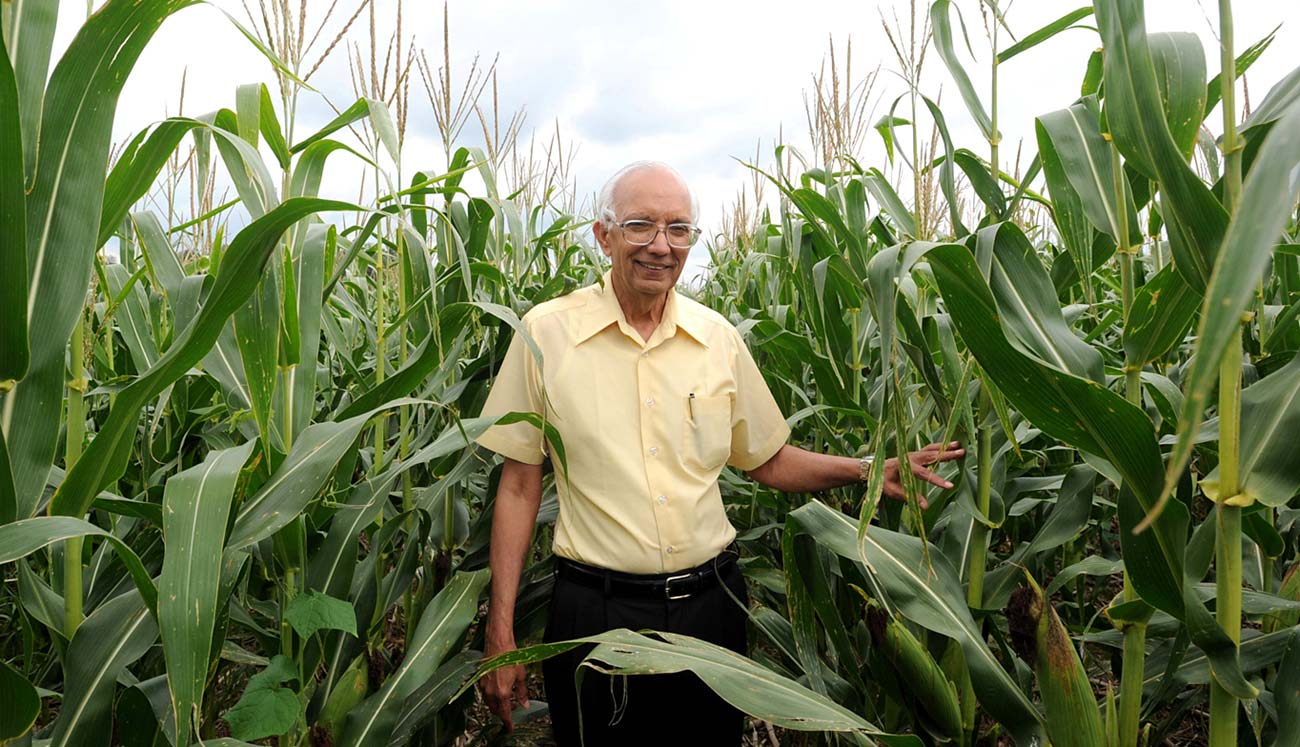
Dr Rattan Lal pictured in an Ohio cornfield (Image credit: Ohio State University / Ken Chamberlain)
Summary
Gabe’s story is a testament to the power of regenerative agriculture. By working with nature, he’s not only secured the future of his farm but also contributed to a healthier planet.
This approach isn’t a silver bullet, and the transition requires knowledge, effort, and often, a shift in mindset. However, there’s a growing body of research and a network of experienced farmers willing to share their knowledge. Additionally, government initiatives and consumer demand for sustainably produced food are creating a supportive environment for regenerative agriculture to flourish.
The climate crisis is a complex challenge, but Gabe’s story is one of success against the odds. By embracing regenerative practices, farmers like him are not only ensuring their own future but also becoming part of the solution.
In this article...



